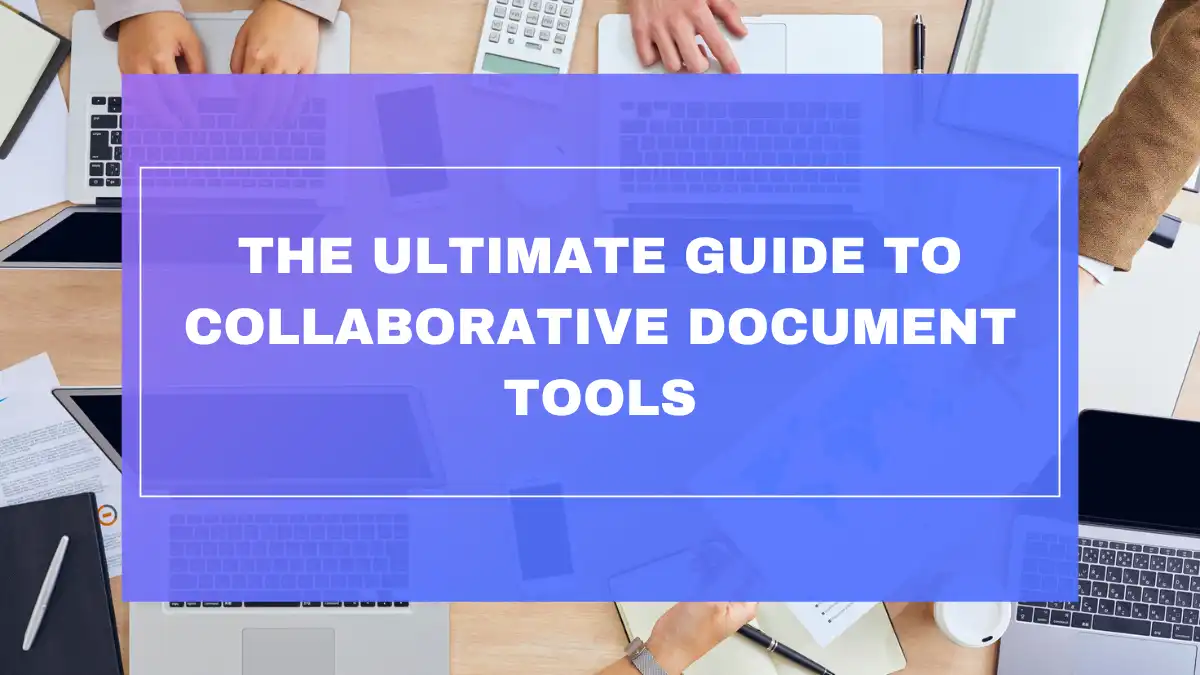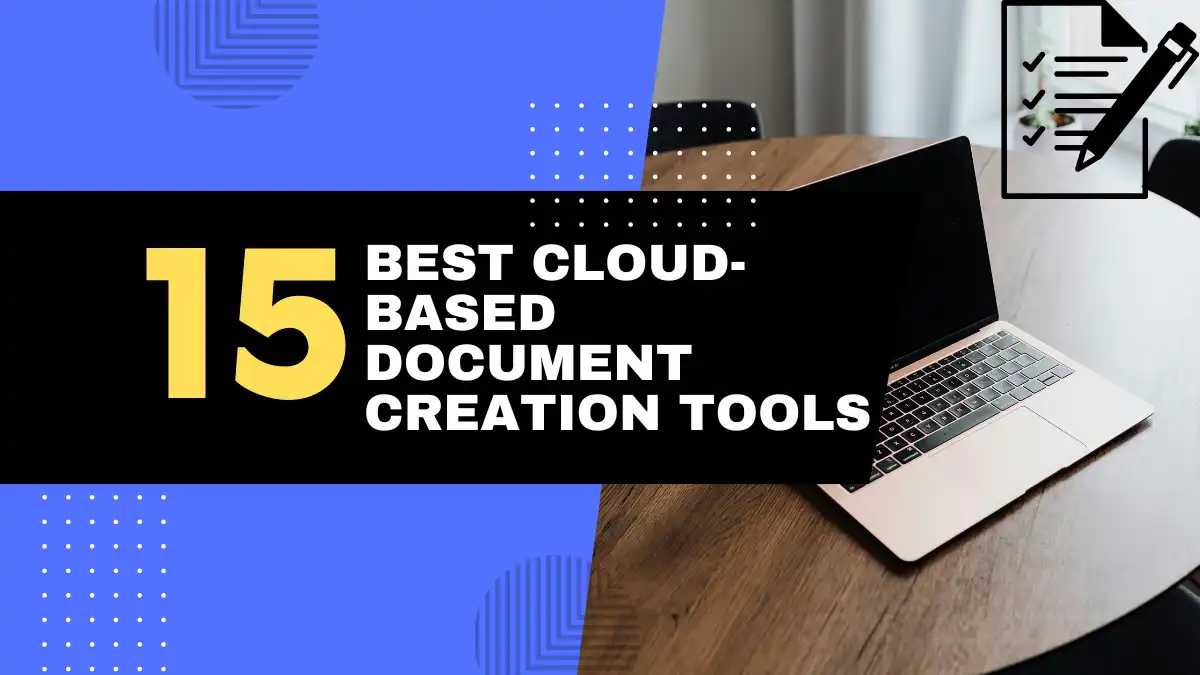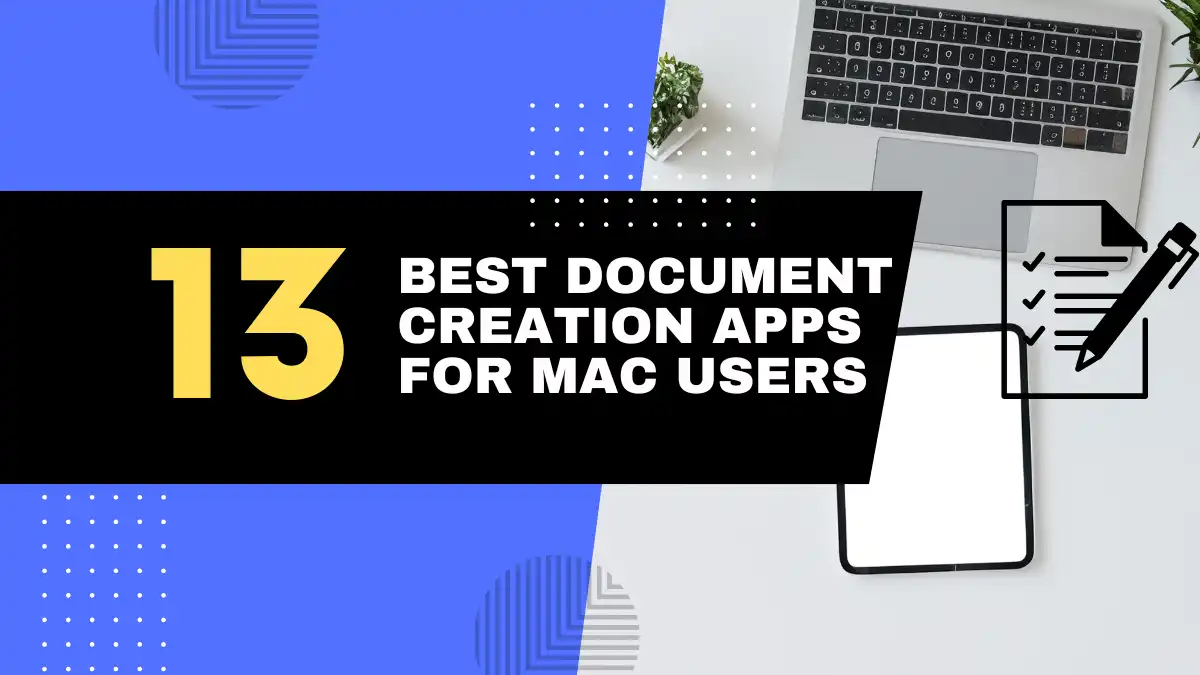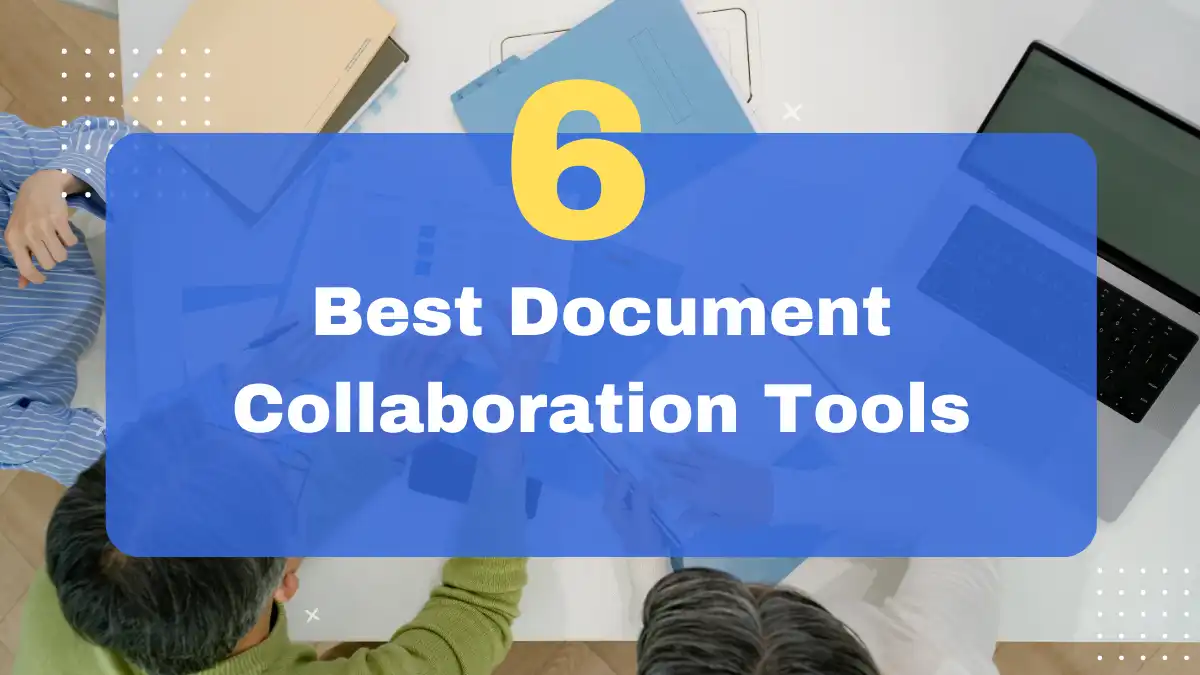
Are you struggling to keep your team’s documents organized and in sync? You’re not alone! As we move further into 2025, effective document collaboration has become the backbone of successful remote and hybrid teams. Whether you’re managing a small startup or a large enterprise, choosing the right document collaboration tool can make or break your team’s productivity.
In this comprehensive guide, we’ll explore the best document collaboration tools available in 2025, covering both free and paid options to help you make an informed decision. Let’s dive in!
Understanding Document Collaboration and Why It Matters in 2025 💡
What is Document Collaboration?
Document collaboration is more than just sharing files through email or cloud storage. It’s a dynamic process that enables multiple team members to work on documents simultaneously, track changes, provide feedback, and maintain version control—all in real-time.
According to recent statistics from McKinsey’s 2025 Workplace Report:
- Teams spend 28% of their workweek managing emails and searching for information
- Effective document collaboration tools can reduce this time by up to 35%
- 92% of organizations now consider document collaboration essential for business operations
The Growing Need for Effective Document Collaboration Tools
| Workplace Trend | Impact on Document Collaboration | Adoption Rate |
|---|---|---|
| Remote Work | High demand for cloud-based tools | 78% |
| Hybrid Teams | Need for flexible access | 85% |
| Global Projects | 24/7 collaboration requirements | 67% |
| Digital Transformation | Integration with existing tools | 91% |
The shift to remote and hybrid work models has completely transformed how we collaborate. Traditional methods like email attachments and local servers simply don’t cut it anymore. Here’s why:
- 🌍 Global Teams: With team members spread across different time zones, asynchronous collaboration is crucial
- 🔄 Version Control: No more confusion about which document version is current
- 🔒 Security: Enhanced protection for sensitive documents
- ⚡ Efficiency: Faster feedback cycles and reduced email chains
Key Features to Look for in Document Collaboration Software in 2025 🎯
Before we dive into specific tools, let’s understand what makes a document collaboration platform truly effective in 2025:
1. Real-time Co-editing
- Simultaneous editing capabilities
- Live cursors showing who’s working where
- Auto-save functionality
2. Version History and Control
- Detailed revision history
- Option to restore previous versions
- Change tracking and comparison
3. Annotation and Commenting
- In-line comments
- @mentions for team members
- Resolution tracking for feedback
4. Access Permissions and Security
- Role-based access control
- Two-factor authentication
- End-to-end encryption
5. Integration Capabilities
- API availability
- Connections with popular tools
- Workflow automation options
Top Free Document Collaboration Tools in 2025: Feature-Rich Options Without the Cost 💫
1. Google Docs – The Cloud Pioneer
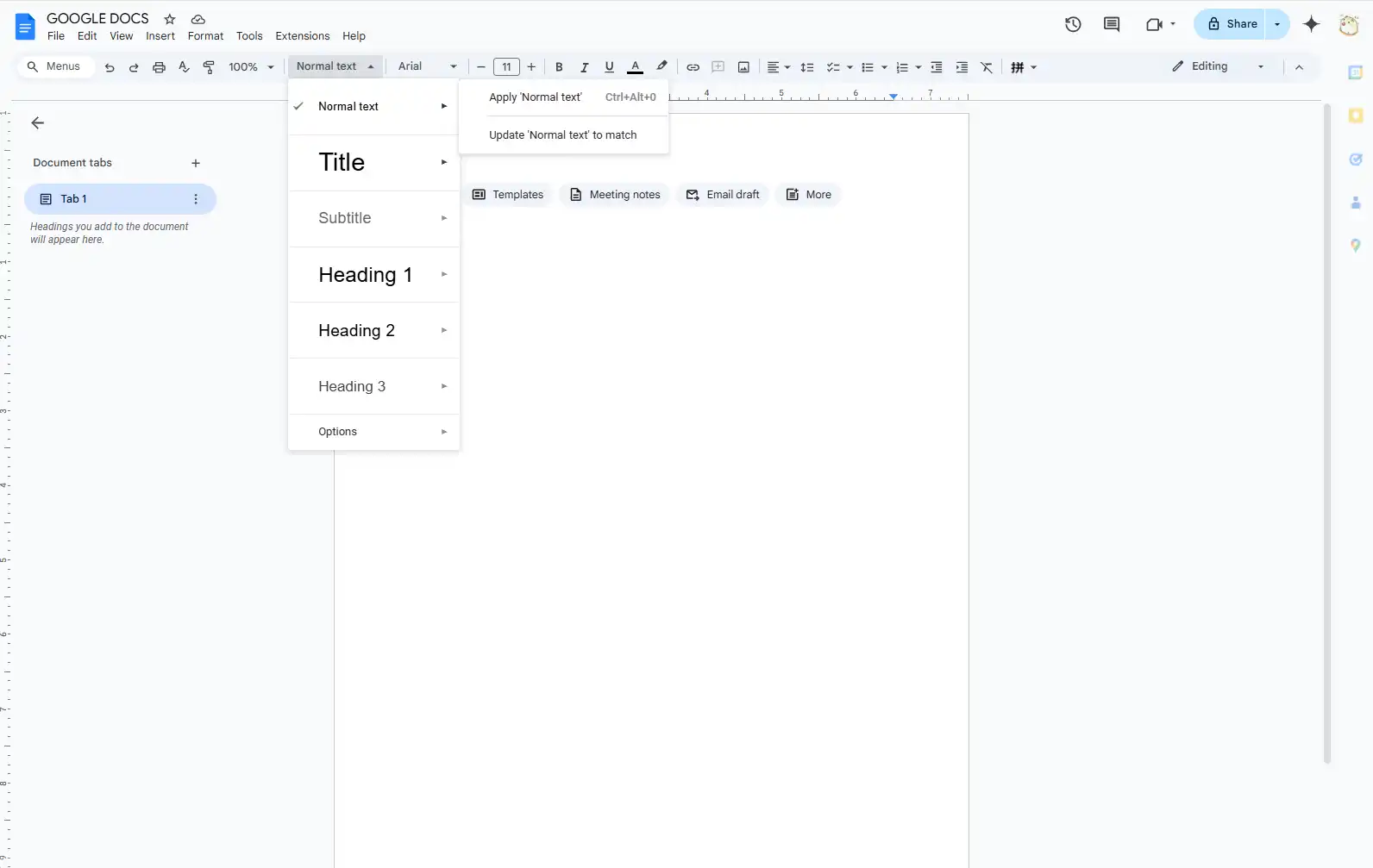
Core Document Collaboration Features
- 📝 Real-time collaborative editing with up to 100 simultaneous users
- 💭 Smart suggestions powered by Google’s AI
- 📱 Robust mobile apps for iOS and Android
- 🔄 Automatic version history for 30 days
Best Suited For
- Small to medium-sized teams
- Educational institutions
- Non-profit organizations
- Personal projects
Limitations of the Free Plan
- 15 GB storage limit (shared with Google Drive)
- Limited offline access
- Basic integration options
2. LibreOffice Online – Open Source Excellence
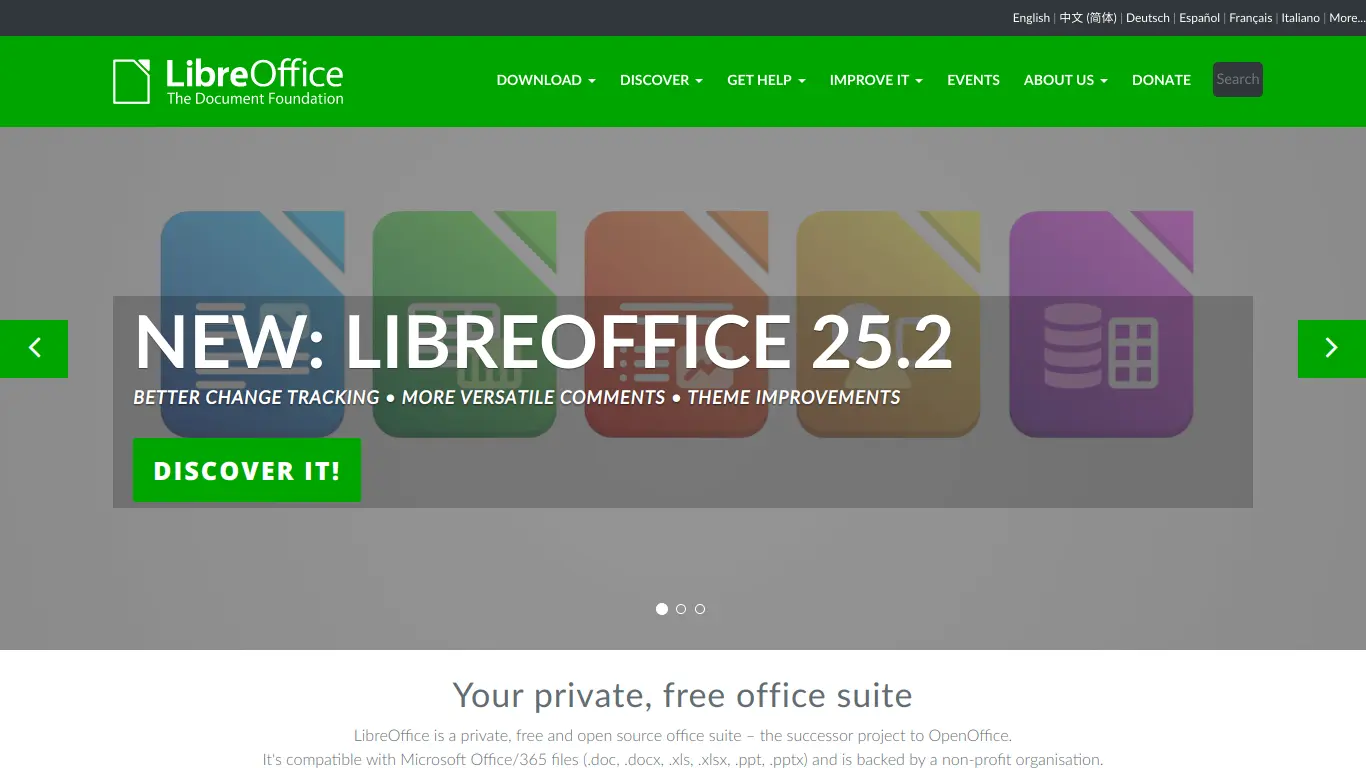
Core Document Collaboration Features
- 🌐 Self-hosted option available
- 📊 Complete office suite compatibility
- 🔒 Enhanced privacy control
- 🎨 Advanced formatting options
Best Suited For
- Privacy-focused organizations
- Government agencies
- Open-source advocates
- Local network deployments
Limitations of the Free Plan
- Requires technical setup knowledge
- Limited cloud features
- Basic collaboration tools
3. Zoho Docs – Feature-Rich Alternative
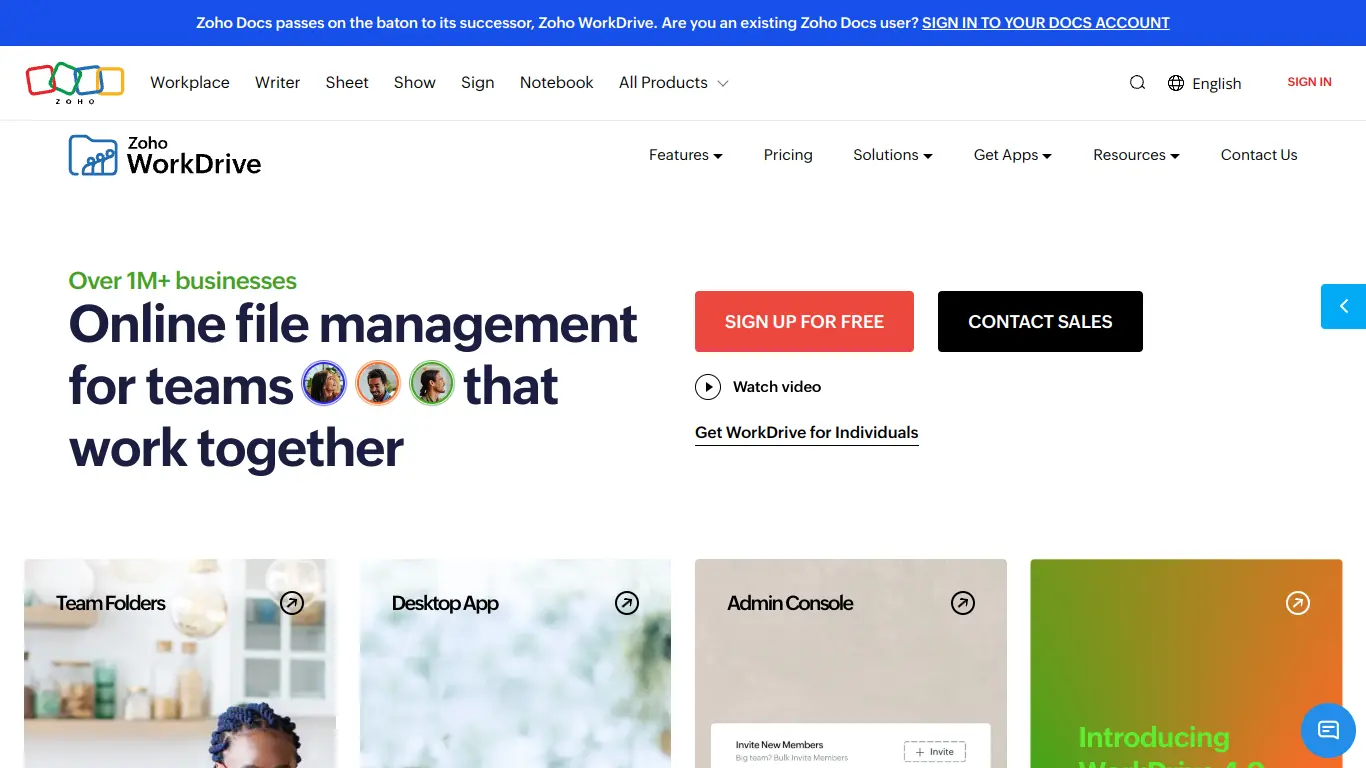
Core Document Collaboration Features
- ⚡ Fast real-time collaboration
- 📂 Built-in document management
- 🔍 Advanced search capabilities
- 🤖 AI-powered assistant (2025 update)
Best Suited For
- Startups
- Freelancers
- Small businesses
- Content teams
Limitations of the Free Plan
- 5GB storage per user
- Limited integrations
- Basic reporting features
Comparison Table: Free Document Collaboration Tools – Features and Limitations
| Feature | Google Docs | LibreOffice Online | Zoho Docs |
|---|---|---|---|
| Storage | 15 GB | Unlimited (self-hosted) | 5 GB |
| Real-time Collaboration | ✅ | ⚠️ Limited | ✅ |
| Offline Access | ✅ | ✅ | ⚠️ Limited |
| Mobile Apps | ✅ | ❌ | ✅ |
| AI Features | ✅ | ❌ | ✅ |
| Custom Branding | ❌ | ✅ | ❌ |
| Version History | 30 days | Unlimited | 7 days |
| Third-party Integrations | 150+ | 10+ | 50+ |
🔍 Pro Tip: Many of these free tools offer extended features through educational or non-profit programs. Check their official documentation for special access programs.
Best Paid Document Collaboration Tools in 2025: Premium Features for Enhanced Teamwork 🌟
1. Microsoft 365 – Enterprise-Grade Collaboration
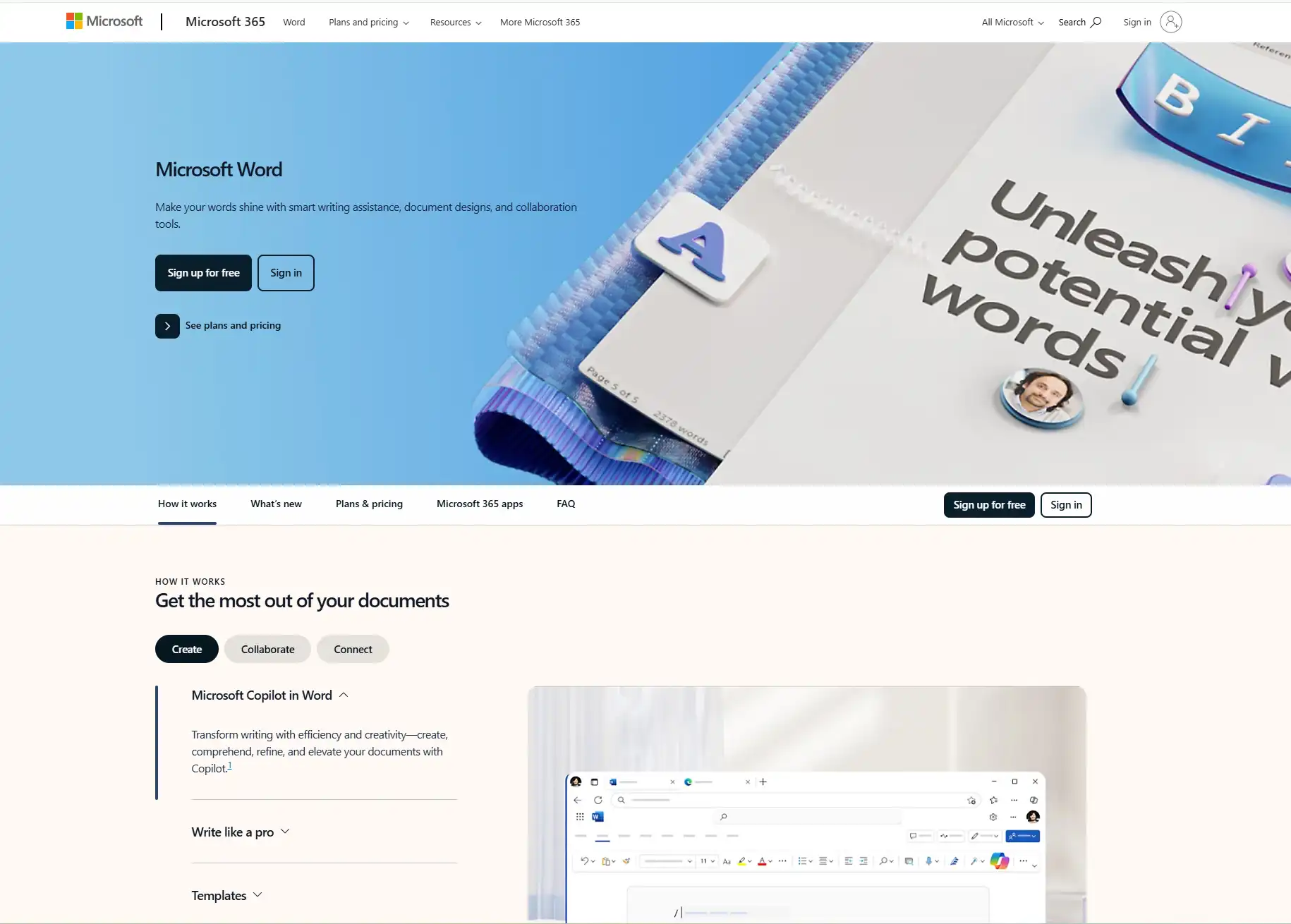
Advanced Document Collaboration Features
- 🤖 Advanced AI-powered editing and suggestions
- 🔄 Seamless integration with Teams and SharePoint
- 🎯 Enterprise-level security and compliance
- 📊 Advanced analytics and reporting
Ideal For
- Large enterprises
- Regulated industries
- Microsoft-centric organizations
- Complex workflow requirements
Pricing and Plans Overview
- Business Basic: $6/user/month
- Business Standard: $12.50/user/month
- Enterprise E3: $36/user/month
Prices as of 2025
2. Notion – Modern Workspace Innovation
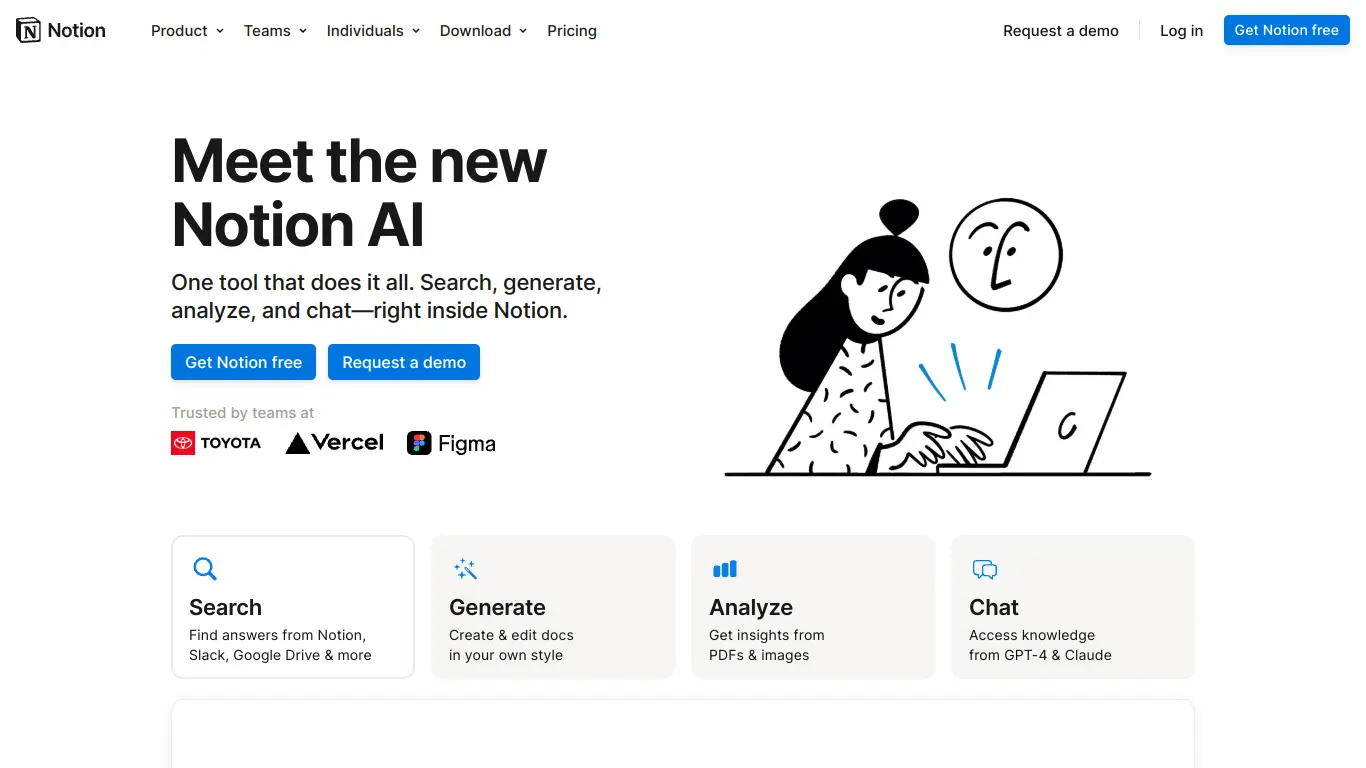
Advanced Document Collaboration Features
- 🧩 Flexible workspace architecture
- 🔗 Advanced linking and relationship features
- 🎨 Customizable templates and workflows
- 🤖 GPT-4 powered content assistance
Ideal For
- Startups and tech companies
- Creative teams
- Project-based organizations
- Knowledge management focused teams
Pricing and Plans Overview
- Team: $10/user/month
- Business: $18/user/month
- Enterprise: Custom pricing
Prices as of 2025
3. Adobe Document Cloud – Creative Collaboration
Advanced Document Collaboration Features
- ✍️ Advanced e-signatures
- 📱 Premium mobile experience
- 🎨 Creative Cloud integration
- 🔒 Enterprise-grade security
Ideal For
- Design teams
- Legal departments
- Marketing agencies
- Client-facing businesses
Pricing and Plans Overview
- Acrobat Pro Team: $16.99/user/month
- Enterprise: Custom pricing
- Creative Cloud Bundle: $84.99/user/month
Prices as of 2025
Comparison Table: Paid Document Collaboration Tools – Features, Pricing, and Target Audience
| Feature | Microsoft 365 | Notion | Adobe Document Cloud |
|---|---|---|---|
| Starting Price | $6/user/month | $10/user/month | $16.99/user/month |
| Storage | 1TB+ | Unlimited | 100GB+ |
| E-signatures | Basic | Via integrations | Advanced |
| Enterprise Security | ✅ | ✅ | ✅ |
| Offline Access | ✅ | ⚠️ Limited | ✅ |
| AI Features | Advanced | Advanced | Basic |
| Industry Compliance | HIPAA, GDPR | GDPR | HIPAA, GDPR |
| Support | 24/7 Phone | Email/Chat | 24/7 Phone |
Choosing the Right Document Collaboration Tool for Your Needs in 2025 🎯
Assess Your Team’s Collaboration Needs
Team Size and Structure
| Team Type | Recommended Solution Type | Key Considerations |
|---|---|---|
| Small Teams (<10) | Free cloud-based tools | Ease of use, basic features |
| Medium Teams (10-50) | Business tier solutions | Scalability, team features |
| Large Teams (50+) | Enterprise solutions | Advanced security, admin control |
| Distributed Teams | Cloud-first platforms | Real-time collaboration, mobile access |
Types of Documents and Projects
Consider what types of files your team commonly works with:
- 📄 Text Documents: Word processing, reports, documentation
- 📊 Spreadsheets: Financial data, analytics, tracking
- 📑 Presentations: Client pitches, internal communications
- 🎨 Design Files: Creative assets, marketing materials
- 💻 Code Files: Technical documentation, snippets
Required Features Priority Matrix
| Feature Category | High Priority | Medium Priority | Low Priority |
|---|---|---|---|
| Editing | Real-time co-editing | Track changes | Rich formatting |
| Security | Access control | Audit logs | Custom encryption |
| Integration | Email systems | Project tools | CRM systems |
| Mobile | View & edit | Offline access | Advanced features |
Consider Your Budget and Scalability 💰
Free vs. Paid Analysis
ROI Factors to Consider:
- Time saved per employee
- Reduced error rates
- Improved collaboration efficiency
- Decreased email volume
- Enhanced security measuresAccording to Forrester’s 2025 Collaboration ROI Report, organizations see an average return of $4.75 for every $1 spent on document collaboration tools.
Scalability Considerations
- 📈 Growth projections for next 12-24 months
- 🔄 Integration with existing systems
- 👥 User adoption and training needs
- 💾 Storage requirements over time
Long-Term Cost Analysis (Average Annual Costs per 100 Users)
| Solution Type | Year 1 | Year 2 | Year 3 |
|---|---|---|---|
| Free Tools | $0* | $0* | $0* |
| Basic Paid | $7,200 | $7,800 | $8,400 |
| Enterprise | $24,000 | $26,000 | $28,000 |
| *Consider hidden costs like training, support, and reduced features |
Trial and Test Before Committing ⚖️
Utilize Free Trials Effectively
1. Create a testing timeline
- Week 1: Basic functionality testing
- Week 2: Team workflow integration
- Week 3: Security and admin features
- Week 4: Performance evaluation
2. Key Assessment Metrics
- User adoption rate
- Time saved per task
- Error reduction
- Team satisfaction
Team Feedback Framework
| Aspect | What to Evaluate | How to Measure |
|---|---|---|
| Usability | Interface intuition | User surveys |
| Performance | Speed and reliability | Technical metrics |
| Features | Tool utilization | Usage analytics |
| Integration | Workflow fit | Process timing |
Benefits of Implementing Best Document Collaboration Tools in 2025 📈
Enhanced Productivity and Efficiency
According to recent studies by Harvard Business Review:
- 34% reduction in document completion time
- 45% decrease in email volume
- 28% improvement in project delivery times
- 65% reduction in document-related meetings
Improved Communication and Teamwork
Team Collaboration Impact:
Before Implementation:
- 4.5 hours/week in document-related meetings
- 3.2 hours/week searching for files
- 2.8 hours/week resolving version conflicts
After Implementation:
- 1.5 hours/week in document-related meetings
- 0.8 hours/week searching for files
- 0.5 hours/week resolving version conflictsStreamlined Workflows and Organization
Workflow Improvement Metrics:
- 📉 52% reduction in approval cycles
- ⚡ 73% faster document access
- 🎯 89% improved version control
- 📱 95% increased mobile accessibility
Reduced Errors and Improved Document Quality
Quality Improvement Statistics:
| Metric | Before | After | Improvement |
|---|---|---|---|
| Error Rate | 8.5% | 2.1% | 75% |
| Revision Cycles | 4.2 | 1.8 | 57% |
| Review Time | 48 hrs | 12 hrs | 75% |
| Accuracy | 91% | 98.5% | 8.2% |
Better Accessibility and Remote Work Enablement
Remote Work Benefits:
- 🌍 24/7 global access to documents
- 💻 Cross-device compatibility
- 🔄 Real-time updates across time zones
- 📱 Mobile-first experience
Document Collaboration Trends to Watch in 2025 and Beyond 🔮
AI-Powered Collaboration Features
The integration of AI in document collaboration has transformed how teams work together. According to Gartner’s 2025 Future of Work Report:
| AI Feature | Adoption Rate | Productivity Impact |
|---|---|---|
| Smart Suggestions | 78% | +23% |
| Auto-Formatting | 65% | +15% |
| Content Generation | 45% | +28% |
| Error Detection | 89% | +34% |
Key AI Developments:
- 🤖 Advanced grammar and style recommendations
- 📊 Automated data visualization
- 🎯 Contextual content suggestions
- 🔍 Intelligent search and organization
Enhanced Security and Privacy Features
Security has become paramount in document collaboration:
2025 Security Must-Haves:
✓ Zero-trust architecture
✓ Biometric authentication
✓ Blockchain verification
✓ Advanced encryption
✓ Compliance automationAccording to Cybersecurity Ventures, 95% of organizations now prioritize security features in their document collaboration tools.
Deeper Integrations and Connected Workspaces
Modern collaboration tools are becoming central hubs:
| Integration Type | Usage Growth (2024-2025) |
|---|---|
| CRM Systems | +45% |
| Project Management | +65% |
| Communication Tools | +78% |
| Analytics Platforms | +56% |
Mobile-First Collaboration Experiences
Mobile usage statistics from Mobile Work Trends 2025:
- 📱 73% of document editing happens on mobile devices
- 🔄 89% of users require cross-device synchronization
- ⚡ 92% expect real-time mobile notifications
- 🌐 67% use mobile-only for document review
Conclusion: Empowering Your Team with the Best Document Collaboration Tools in 2025 🚀
As we’ve explored throughout this guide, choosing the right document collaboration tool is crucial for modern team success. Here’s your action plan:
1. Assess Your Needs
- Team size and structure
- Document types and workflows
- Security requirements
- Budget constraints
2. Try Before You Buy
- Utilize free trials
- Get team feedback
- Test integrations
- Evaluate performance
3. Implement Strategically
- Plan your rollout
- Train your team
- Monitor adoption
- Gather feedback
Remember: The best document collaboration tool is the one that fits your team’s specific needs while providing room for growth and adaptation to future trends.
FAQ – Frequently Asked Questions about Document Collaboration Tools 💡
What are the benefits of using document collaboration tools?
Document collaboration tools offer numerous advantages:
- Real-time co-editing capabilities
- Improved version control
- Enhanced team communication
- Reduced email chains
- Better organization and accessibility
Are free document collaboration tools secure enough for business use?
It depends on your needs. Free tools often provide:
- Basic encryption
- User authentication
- Version history
However, businesses handling sensitive data should consider paid options with advanced security features.
What types of businesses benefit most from document collaboration software?
While all organizations can benefit, these sectors see the highest ROI:
- Professional services (87% improvement)
- Technology companies (92% efficiency gain)
- Educational institutions (78% better engagement)
- Healthcare providers (65% faster documentation)
How do document collaboration tools improve version control?
Modern tools offer:
- Automatic version tracking
- Change history
- Restore capabilities
- Conflict resolution
- Edit attribution
Can document collaboration tools integrate with other software?
Yes! Most modern tools offer:
| Integration Type | Common Examples |
|---|---|
| Communication | Slack, Teams |
| Project Management | Jira, Asana |
| Cloud Storage | Dropbox, Drive |
| CRM | Salesforce, HubSpot |
What are some examples of popular document collaboration tools?
Popular options include:
- Google Workspace
- Microsoft 365
- Notion
- Zoho Docs
- Adobe Document Cloud
Looking for more document collaboration tools? Check out our related guides on The Ultimate Guide to Collaborative Document Tools: Software, Features, and Best Practices.


